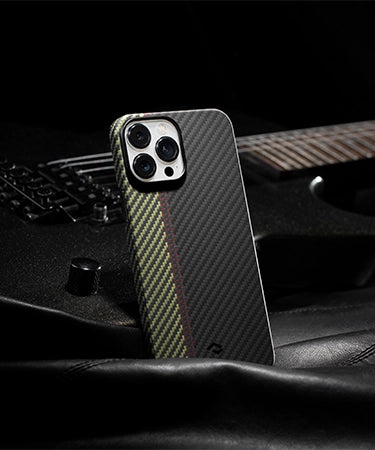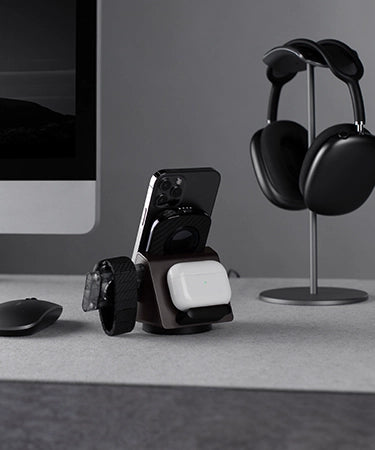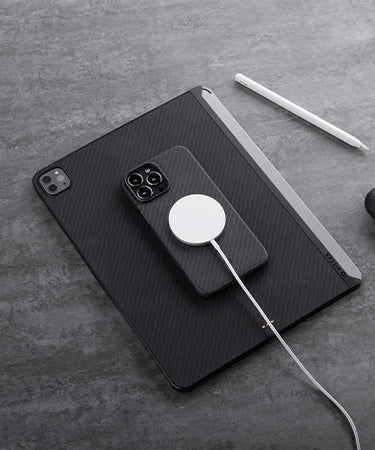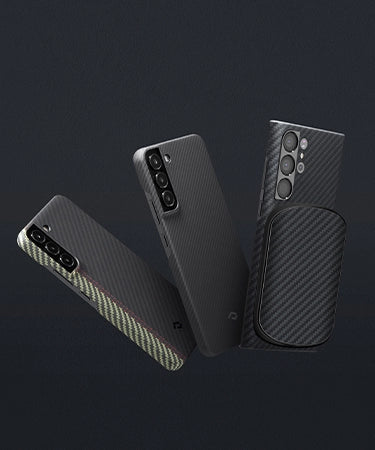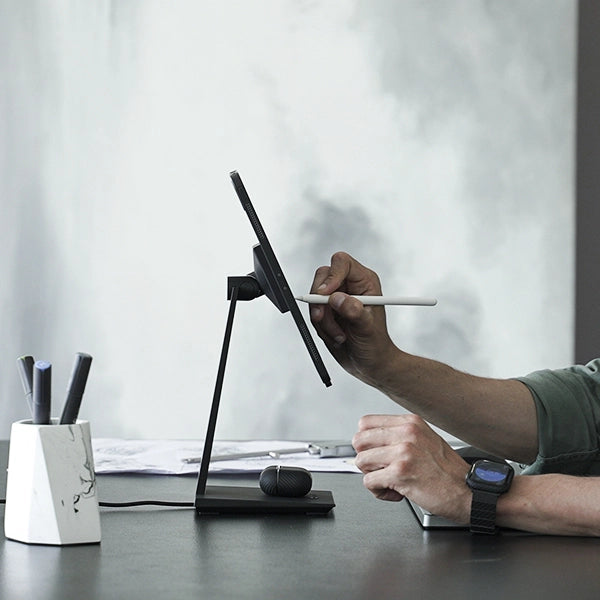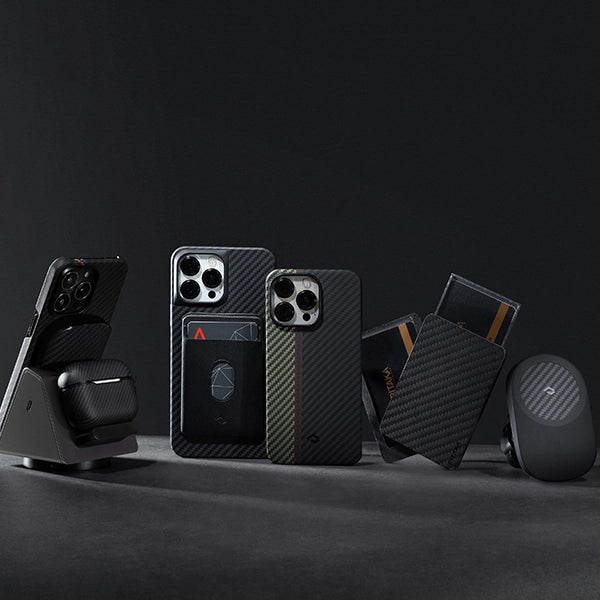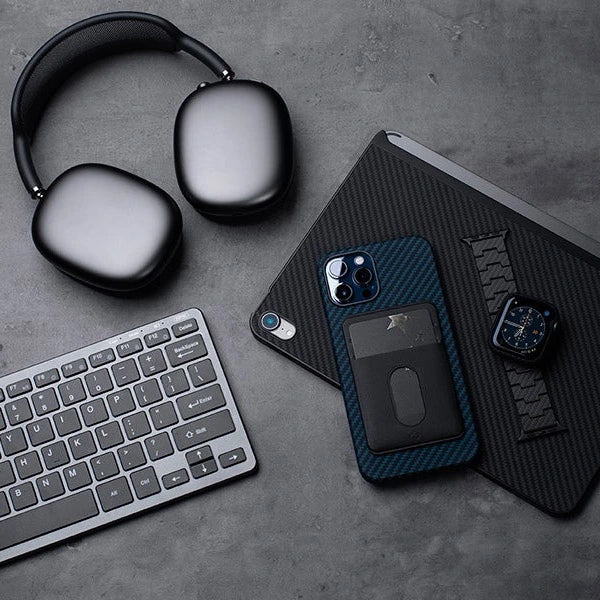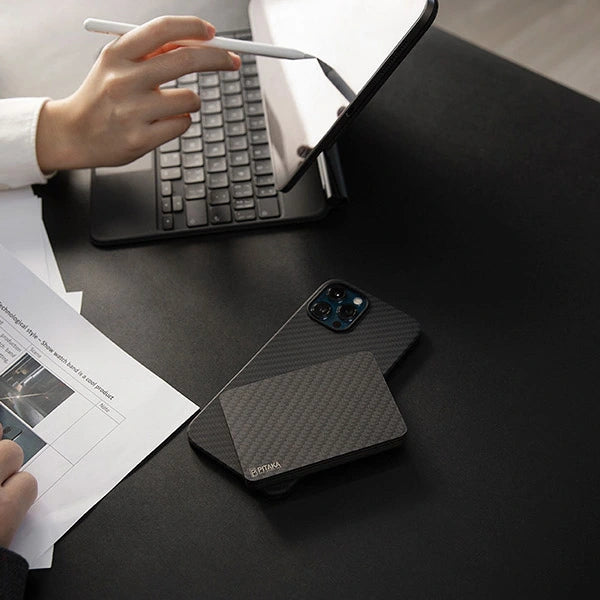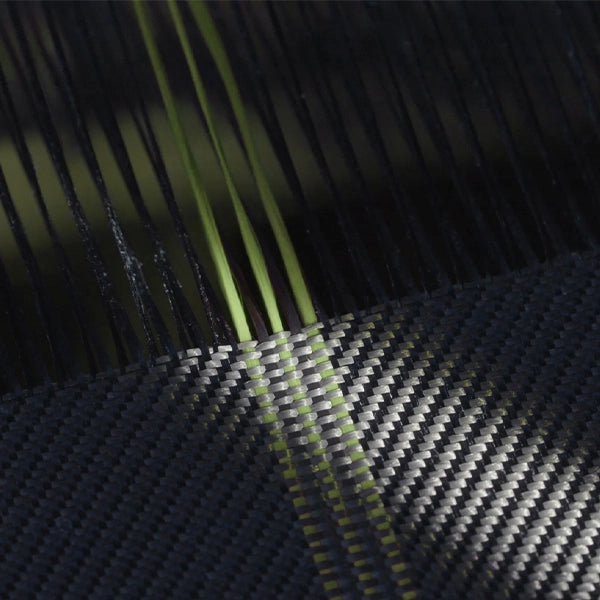
Imagine someone raises one finger and asks, "What's this?"
Most people will answer, "Number one (or other numeral depending on where you are from)."
Ask a child, and they might say, "A finger."
Neither is wrong. While "a finger" is the literal object, the former results from learning to count using fingers.
As we grow up, we gradually gain an understanding of the concepts around us, but we stop paying as much attention to the world around us as we did when we were kids.
"That's how we lose our creativity," James says.
Children Are Born Creative

Children love to build, tinker, or imagine. They are born creative.
One night when James was a kid, he was rummaging through a drawer looking for something, but the only ceiling lamp in the room was too dim. He didn't have a flashlight either, so he decided to make one using paper, a mirror, and adhesive tape to reflect the light from the ceiling to the drawer.
"It was a 100% green product", James recalled.
James created his makeshift lamp to fulfill a need.
During one long summer holiday, he occupied his time building a toy racing car.
"It didn't run very well," James admits, but it kept him busy when there was no other form of entertainment.
As time went on, James realized that he had a nose for solving problems.
Then maybe it's no surprise that years later, he started PITAKA.
So what's his secret to creativity?
Be A Rebel
"To be creative, you have to be a rebel first. That's the spirit of Silicon Valley."
Being a rebel means refusing to blindly follow authority in order to see things from different perspectives.

For James, it was the eye-opening melodies of Kurt Cobain that made him think differently. It was only after hearing Nirvana that he understood how inspirational music could be. Rock music and review magazines like the NME were ahead of their time, and they are still enlightening today.
"It's better to burn out than to fade away." That's the creed for fans of rock. With that spirit in mind, James strove not to follow the crowd.
He founded an independent music studio with his friends and produced music. Shortly after that, he started PITAKA.
While he's super busy running the company now, he still manages to find time to play his guitar from time to time.
It's In Philosophy Too
Philosophy, James says, is another way he cultivates creativity.
Philosophy forces you to ask questions as much as it answers them. When you start questioning the things that you believe to be true, you often learn something new.
From thousands of philosophical isms, deconstructionism has been the most influential on his thinking.

Deconstruction, a concept developed by Jacques Derrida, is about dismantling and rebuilding something to understand the true essence.
So what exactly is the meaning of deconstruction?
"Deconstruction is the ultimate rebellion," James told me. It advocates standing up to authority and questioning norms. To create, you must first deconstruct what already exists and make something new.
"What if the outcome is not something you desire? What if it's ugly or useless?"
"It's possible. But the point is, there are infinite possibilities in deconstruction. We should believe that change is the only constant in life."
Creativity in Product Design
Get to the core of the matter
When it comes to product design, the number one rule James adheres to is to put himself in the shoes of others and observe daily life.
Through observation, he’s able to look at a product and see more than just an object. When we see a hammer, we know its function, but we can also see that a hammer is a piece of metal mounted onto a wooden stick. We might also consider that it represents power or aggression.
By examining something closely, it's possible to figure out what people need and how to make better designs.
Think outside the box
Inevitably, we are often limited by tradition or ideas from others, and we need to break from these constraints to find new concepts.
Instead of looking for the "right" solution, it's more important to ask questions in the first place.

PITAKA designers and product managers ask these kinds of questions:
Why do we forget to take our power banks with us sometimes?
Do power banks need cables?
Can we use magnets with wireless charging?
Through practice, we can turn asking questions into a habit to develop our creativity.
Creativity should sell
Being creative doesn't mean we should indulge in the wildest fantasy.
"Don't over pursue being creative," James warned, "We should focus on what a creative product will bring to people rather than how creative or bizarre the product can be."
Product designers and managers understand the details and theories of every technology behind the product, but most users don't. However, they can tell whether it's a good product and if it solves their problem.
A good product will address the user's issue in an easy and straightforward way.
Creative products are not easy to sell. It takes time for people to accept novel concepts, new ideas, or even a new presentation of an existing product.
Luckily, James isn't worried about that.
"All rivers start from small streams. A small group of people has accepted our products, and these audiences influence other people too. They are throwing pebbles in the water, which cause ripples and will eventually make big waves. I hope more people will begin to explore and appreciate our inventions."
You may also like:
